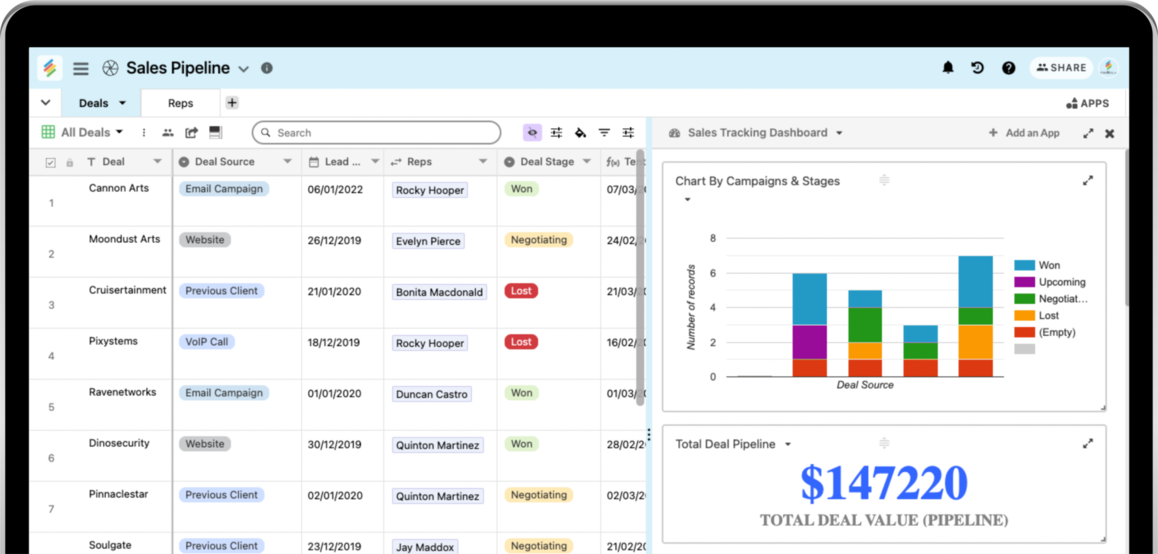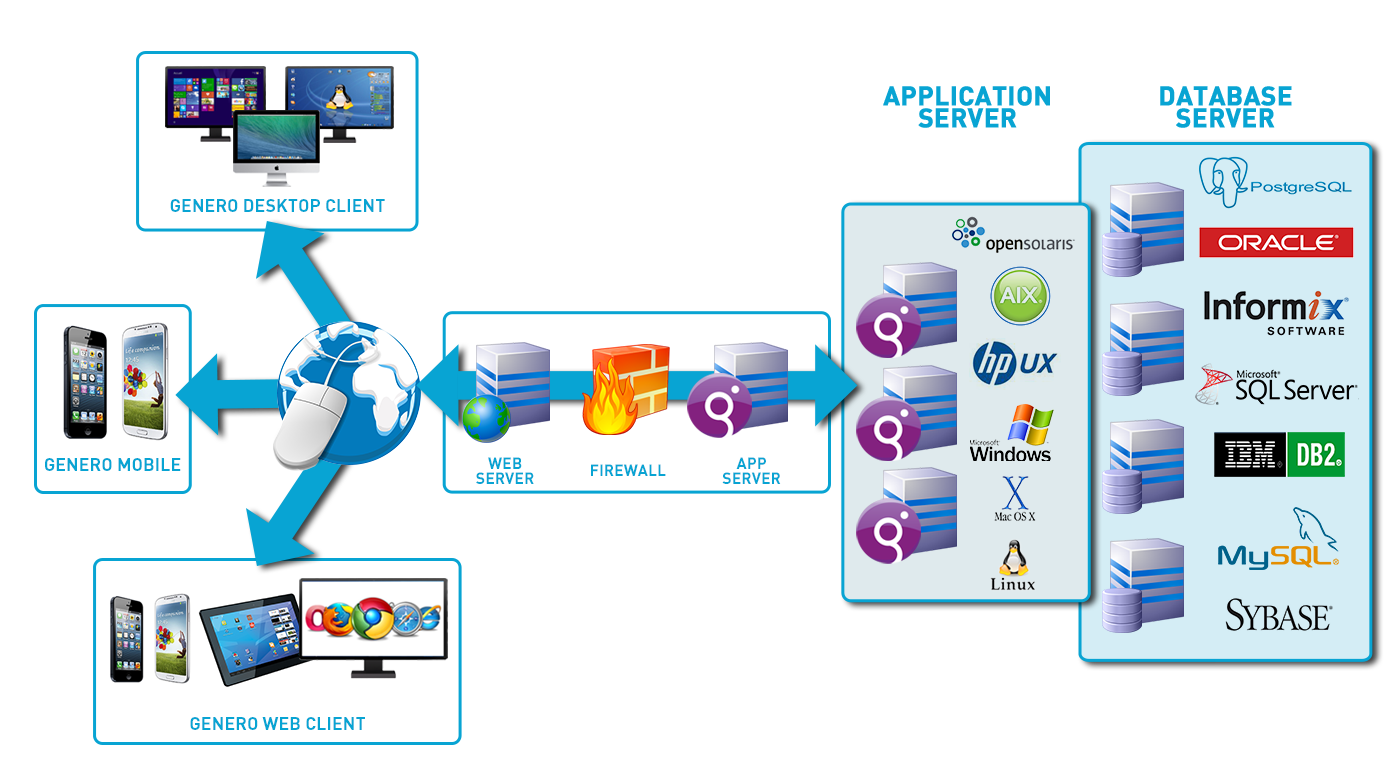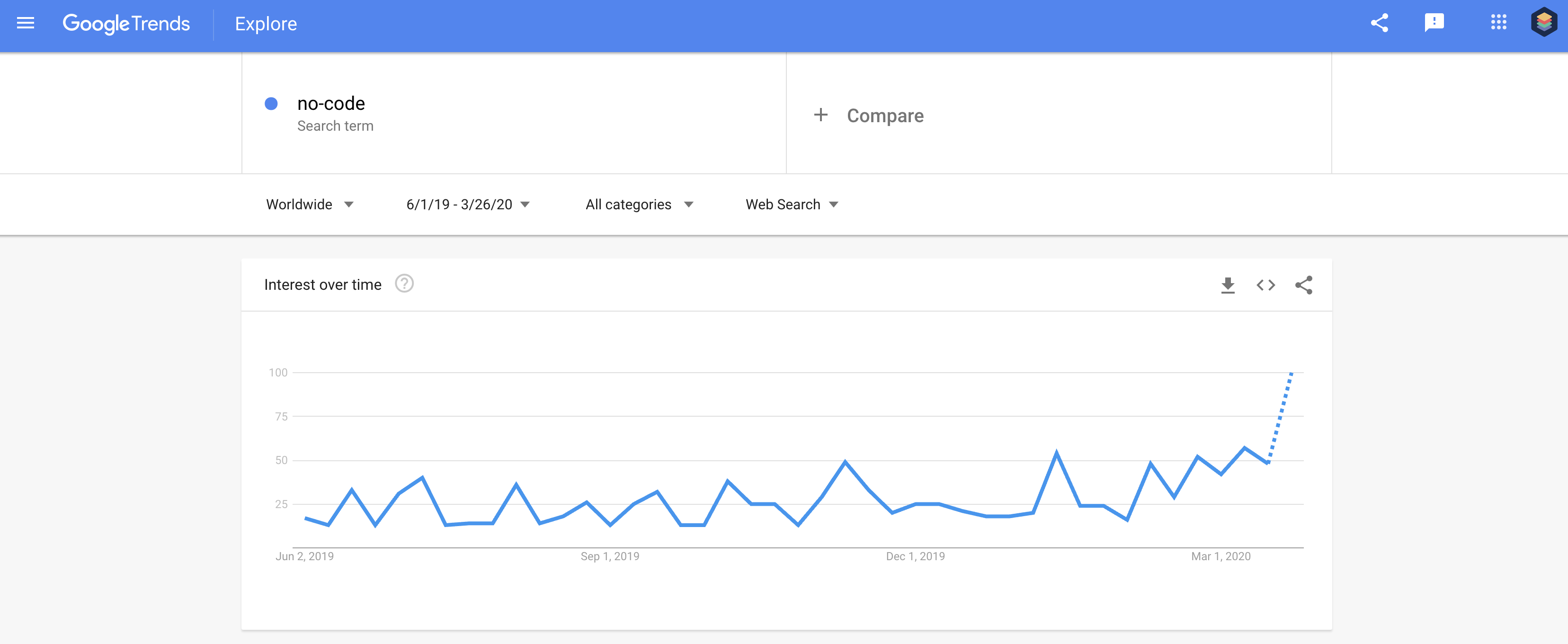No-Code Open Platform Data Source Development: Streamline Complex Growth Tasks
No-Code Open Platform Data Source Development: Streamline Complex Growth Tasks
Blog Article
Discovering the Benefits of Scalable Databases That Call For No Coding Skills for Effective Information Monitoring Solutions
The emergence of scalable data sources that remove the necessity for coding skills offers a transformative opportunity for companies seeking reliable information monitoring options. As we consider the effects of such developments, it ends up being essential to analyze exactly how they can reshape the landscape of information monitoring and drive lasting growth in an affordable setting.
Enhanced Availability for Individuals
Boosted access for customers is a crucial element of scalable data sources, making certain that data administration systems are straightforward and intuitive. In a period where data-driven decisions are paramount, availability permits a wider variety of individuals, consisting of those without substantial technical know-how, to involve with database systems successfully. This democratization of information accessibility assists in boosted partnership throughout divisions, encouraging staff members to make and extract understandings educated choices.
User-friendly interfaces, such as drag-and-drop features and aesthetic data representation, simplify complex information communications. These enhancements minimize the discovering curve connected with typical database administration, enabling individuals to concentrate on leveraging data instead of facing technological complexities. Additionally, scalable databases usually integrate customizable control panels and real-time analytics, providing customers with instant understandings tailored to their certain needs.

Cost-Effectiveness and Source Financial Savings
Effective information administration not just rests on accessibility but also on cost-effectiveness and resource financial savings. Scalable databases made for customers without coding abilities dramatically reduce monetary burdens typically connected with standard database monitoring systems. By removing the need for specialized programs competence, companies can allocate their resources more effectively, focusing funds on core service tasks instead of considerable training or working with proficient employees.
Additionally, these databases usually utilize cloud-based services, which even more reduce prices connected to hardware and maintenance. Organizations can scale their data source remedies according to their demands, preventing the expenditures incurred from over-provisioning sources. This adaptability means organizations can adapt to transforming needs without sustaining unneeded costs, leading to significant long-lasting cost savings.
In addition, easy to use interfaces streamline data entry and management processes, decreasing the moment invested in management tasks. This performance converts right into labor cost savings, enabling teams to concentrate on tactical initiatives instead of regular maintenance. On the whole, taking on scalable data sources that require no coding abilities cultivates a much more cost-effective approach to data management, making it possible for organizations to maximize their resources while keeping high degrees of operational efficiency.
Improved Collaboration Throughout Teams

Additionally, scalable databases assist in smooth communication amongst employee. With user-friendly user interfaces that need no coding abilities, workers can conveniently develop, change, and share reports or control panels tailored to their specific needs. This democratization of information encourages non-technical users to add understandings, boosting the joint environment.
Additionally, these data sources support concurrent accessibility, enabling multiple individuals to service the very same dataset at the same time. This attribute boosts performance, as groups can participate in joint information evaluation without the risk of variation control concerns. The capacity to leave remarks or notes directly within the database further advertises discussion and makes clear information interpretations.
Streamlined Information Monitoring Processes
In today's data-driven setting, companies acknowledge the requirement of structured information administration processes to make the most of efficiency and precision. By leveraging scalable databases that need no coding skills, services can streamline their data handling and reduce the intricacies typically connected with traditional database systems. This availability equips non-technical users to engage straight with information, helping with quicker decision-making and decreasing reliance on specialized IT employees.
Streamlined information administration procedures enhance workflow by automating regular tasks such as information entry, recognition, and coverage. Automated data integration makes certain that info from various sources is aggregated perfectly, eliminating silos and fostering an unified sight of important business metrics (no-code). Furthermore, easy to use interfaces enable workers to manipulate information conveniently, enabling them to generate understandings that drive tactical initiatives without the requirement for considerable training.
This effectiveness not only accelerates operational procedures yet also decreases the capacity for human mistake, guaranteeing that information stays exact and trusted. Inevitably, streamlined information monitoring procedures through scalable data sources result in improved efficiency, enabling companies to concentrate on core activities while guaranteeing that their information administration methods are effective and effective.
Scalability for Expanding Companies

For broadening ventures, the capacity to scale up or down is crucial. A scalable database can take care of an increase of information produced from brand-new customers, items, or services, making sure that company operations continue to be continuous. Moreover, these data sources give the capacity to take care of peak loads effectively, which is necessary throughout durations of fast growth or seasonal spikes.
In addition, numerous scalable data source solutions are developed with user-friendly interfaces that require no coding abilities, equipping non-technical personnel to manage pop over to these guys information efficiently (no-code). This democratization of data monitoring allows companies to allocate sources purposefully and reduce dependence on specialized IT personnel
Inevitably, adopting a scalable data source not just boosts functional efficiency yet also cultivates a setting where businesses can innovate and progress without the restrictions of standard database systems. This versatility positions companies for long-lasting success in today's affordable landscape.
Conclusion
In conclusion, scalable databases that call for no coding abilities try this website offer substantial benefits for reliable data monitoring. By simplifying information monitoring procedures and offering scalability for growing businesses, such services enable organizations to adapt to transforming demands properly.
Boosted accessibility for individuals is a vital facet of scalable data sources, guaranteeing that data monitoring systems are easy to use and user-friendly.User-friendly interfaces, such as drag-and-drop attributes and visual information depiction, streamline intricate information communications. Overall, taking on scalable data sources that call for no coding abilities fosters a much more affordable technique to information monitoring, allowing organizations to optimize their sources while keeping high degrees of operational performance.
By leveraging scalable data sources that need no coding abilities, services can simplify their data handling and minimize the complexities usually associated with conventional data source systems - no-code.Structured information management processes boost process by automating routine jobs such as information entrance, recognition, and reporting
Report this page